Cabinetry
When designing a kitchen, one of the first things to consider is the cabinetry. Not only do cabinets provide storage space, but they also play a major role in the overall design aesthetic of a kitchen. The style, color, and material of the cabinets can greatly impact the look and feel of the space.
Custom cabinets offer the most flexibility in terms of design and can be tailored to fit your specific needs and preferences. They are usually made from high-quality materials and can be designed to match the rest of the kitchen seamlessly. However, they can also be quite costly.
Semi-custom cabinets offer a middle ground between custom and stock cabinets. They are pre-made but can be customized to a certain extent, such as size and finishes. This option is less expensive than custom cabinets but still allows for a personalized touch.
Stock cabinets are the most budget-friendly option and are readily available in standard sizes and finishes. They may not offer as much variety in terms of design, but they can still provide a stylish and functional look for a kitchen.
Countertops
Another important design element in a kitchen is the countertops. Not only do they provide a workspace for cooking and food preparation, but they also add to the overall visual appeal of the kitchen.
Granite is a popular choice for countertops due to its durability and natural beauty. It is heat-resistant and comes in a variety of colors and patterns, making it a versatile option for any kitchen design.
Quartz is another durable and low-maintenance option for countertops. It is non-porous, meaning it resists stains and bacteria, making it a hygienic choice for kitchens. It also comes in a wide range of colors and patterns to suit different design styles.
Marble is a luxurious and elegant choice for countertops, with its unique veining and polished finish. However, it is a softer material and may require more maintenance and care to prevent staining and damage.
Lighting
Proper lighting is essential in a kitchen for both functionality and ambiance. It is important to incorporate a combination of task lighting and ambient lighting to create a well-lit and inviting space.
Task lighting, such as under-cabinet lights and pendant lights above the kitchen island, provide focused light for specific tasks like cooking and food preparation. Ambient lighting, such as overhead fixtures and recessed lights, help to evenly distribute light throughout the space.
In addition to functionality, lighting also plays a role in the design of a kitchen. Chandeliers or pendant lights can add a touch of elegance and sophistication, while strip lighting or LED lights can create a modern and sleek look.
Appliances
The appliances in a kitchen not only serve a functional purpose but also contribute to the design of the space. When choosing appliances, it is important to consider both their performance and how they will fit into the overall aesthetic of the kitchen.
Stainless steel appliances have been a popular choice for years due to their sleek and modern look. They are also durable and easy to clean, making them a practical option for a busy kitchen.
Black or white appliances can provide a more classic and timeless look for a kitchen. They can also be more budget-friendly compared to stainless steel.
Smart appliances are becoming more popular as technology advances. These appliances can be controlled and monitored remotely, making cooking and meal planning more convenient and efficient.
Backsplash
The backsplash is another design element that can greatly impact the overall look of a kitchen. It not only protects the walls from stains and splatters but also adds a decorative touch.
Tile is a popular choice for backsplashes as it comes in a variety of colors, patterns, and materials. It is also durable and easy to clean, making it a practical option for a busy kitchen. Subway tiles, mosaic tiles, and glass tiles are all popular choices for kitchen backsplashes.
Stone is another option for a backsplash and can add a natural and rustic feel to a kitchen. Materials such as marble, granite, and quartz can all be used for a stone backsplash, each offering its own unique look and durability.
Wallpaper has also become a popular choice for backsplashes, adding a pop of color and pattern to the kitchen. It is a more budget-friendly option and can easily be changed if you want to switch up the look of your kitchen.
Flooring
The flooring in a kitchen needs to be both durable and easy to clean, as it is a high-traffic area and prone to spills and messes. However, it also plays a significant role in the overall design of the space.
Hardwood is a popular choice for kitchen flooring as it adds warmth and natural beauty to the space. It is also relatively easy to clean, although it may not be as durable as other options.
Tile is a more practical option for kitchen flooring, as it is durable, water-resistant, and easy to clean. It also comes in a variety of colors and patterns, making it a versatile choice for different design styles.
Laminate flooring is a budget-friendly option that can mimic the look of hardwood or tile. It is also easy to clean and can withstand spills and stains. However, it may not be as durable as other flooring options.
Sink
The sink is an essential part of a kitchen and needs to be both functional and visually appealing. It is important to choose a sink that fits your specific needs and complements the overall design of the kitchen.
Stainless steel sinks are a popular choice for their durability and modern look. They are also easy to clean and can fit into a variety of design styles.
Cast iron sinks offer a more traditional and classic look for a kitchen. They are also durable and resistant to scratches and stains, making them a practical option for a busy kitchen.
Composite sinks are made from a mixture of materials, such as granite or quartz, and offer a more modern and sleek look. They are also durable and easy to clean, making them a popular choice for kitchens.
Hardware
The hardware in a kitchen, such as cabinet handles and drawer pulls, may seem like a small detail but can make a big impact on the overall design. Choosing the right hardware can tie the whole look of the kitchen together.
Metal hardware, such as brushed nickel or bronze, can add a touch of elegance and sophistication to a kitchen. They also come in a variety of styles and finishes to suit different design preferences.
Wooden hardware can add a natural and rustic feel to a kitchen, especially if the rest of the space has a similar aesthetic. They can also be stained or painted to match the color of the cabinets for a cohesive look.
Ceramic or glass hardware can add a pop of color and texture to a kitchen. They are also a more budget-friendly option compared to metal or wooden hardware.
Layout
The layout of a kitchen is crucial to its functionality and flow. It is important to consider the work triangle, which includes the distance between the sink, stove, and refrigerator, to ensure a smooth and efficient workflow in the kitchen.
L-shaped or U-shaped layouts are popular choices for kitchens as they provide ample counter space and allow for a clear work triangle. A galley or one-wall layout may be more suitable for smaller kitchens, while an island or peninsula can add extra counter space and storage options.
It is important to consider the size and shape of your kitchen as well as your specific needs and preferences when choosing a layout.
Color Scheme
The color scheme of a kitchen can greatly impact its overall design and atmosphere. It is important to choose colors that not only complement each other but also reflect your personal style.
Neutral colors, such as white, beige, and gray, are popular choices for kitchen color schemes as they provide a clean and timeless look. They also allow for more flexibility when it comes to adding pops of color with accessories and decor.
Bold colors, such as deep blues, greens, or reds, can add a bold and dramatic touch to a kitchen. They work well in modern and contemporary designs, but it is important to use them sparingly to avoid overwhelming the space.
Monochromatic color schemes, using different shades of the same color, can create a cohesive and harmonious look in a kitchen. This option works well for those who prefer a more subtle and understated design.
In conclusion, the design elements of a kitchen, such as cabinetry, countertops, lighting, appliances, backsplash, flooring, sink, hardware, layout, and color scheme, all play a significant role in creating a functional and visually appealing space. It is important to carefully consider these elements and choose ones that not only fit your specific needs but also reflect your personal style and taste.
Design Elements of a Kitchen

Functionality and Efficiency
 When it comes to designing a kitchen, functionality and efficiency are key elements to consider. The kitchen is not just a place to cook, but it is also a space for socializing and gathering with family and friends. Therefore, it is important to have a well-designed layout that maximizes space and makes tasks easier to accomplish.
Efficient storage solutions
such as pull-out cabinets, pantry organizers, and vertical storage can help keep the kitchen clutter-free and organized.
Multi-functional appliances
such as a microwave oven that can also function as a convection oven or a refrigerator with a built-in water dispenser can save valuable counter space and make cooking and meal prep more convenient.
Strategic placement of work triangles
(the areas between the sink, stove, and refrigerator) can also improve the flow and efficiency of the kitchen.
When it comes to designing a kitchen, functionality and efficiency are key elements to consider. The kitchen is not just a place to cook, but it is also a space for socializing and gathering with family and friends. Therefore, it is important to have a well-designed layout that maximizes space and makes tasks easier to accomplish.
Efficient storage solutions
such as pull-out cabinets, pantry organizers, and vertical storage can help keep the kitchen clutter-free and organized.
Multi-functional appliances
such as a microwave oven that can also function as a convection oven or a refrigerator with a built-in water dispenser can save valuable counter space and make cooking and meal prep more convenient.
Strategic placement of work triangles
(the areas between the sink, stove, and refrigerator) can also improve the flow and efficiency of the kitchen.
Aesthetic Appeal
 In addition to functionality, the aesthetic appeal of a kitchen is also important.
Color scheme
plays a significant role in creating a visually appealing kitchen. Warm colors like yellow, red, and orange can stimulate appetite and create a cozy atmosphere. On the other hand, cool colors like blue, green, and gray can give a calming and serene feel to the kitchen.
Lighting
is another important design element that can enhance the look and feel of a kitchen. Natural light can make the space feel bright and airy, while task lighting can make cooking and food preparation easier.
Accent lighting
such as under-cabinet lighting or pendant lights can also add a touch of elegance and ambiance to the kitchen.
In addition to functionality, the aesthetic appeal of a kitchen is also important.
Color scheme
plays a significant role in creating a visually appealing kitchen. Warm colors like yellow, red, and orange can stimulate appetite and create a cozy atmosphere. On the other hand, cool colors like blue, green, and gray can give a calming and serene feel to the kitchen.
Lighting
is another important design element that can enhance the look and feel of a kitchen. Natural light can make the space feel bright and airy, while task lighting can make cooking and food preparation easier.
Accent lighting
such as under-cabinet lighting or pendant lights can also add a touch of elegance and ambiance to the kitchen.
Materials and Finishes
 The choice of materials and finishes can also greatly impact the overall design of a kitchen.
Cabinets
are not only functional but also serve as a major design element. Sleek and modern cabinets made of materials like glass, metal, or laminate can give a contemporary look to the kitchen, while wood cabinets can add a warm and traditional touch.
Countertops
made of materials like granite, quartz, or marble can add a luxurious feel to the kitchen, while laminate or butcher block countertops can be more budget-friendly options.
Backsplash
is also an important element to consider, as it not only protects the walls from spills and splatters but also adds a decorative element to the kitchen. Materials like ceramic, glass, or even natural stone can be used to create a unique and eye-catching backsplash.
In conclusion, designing a kitchen involves a careful balance of functionality and aesthetics.
Efficient storage solutions, multi-functional appliances, and strategic work triangle placement
can make the kitchen more functional and easy to use.
Color scheme, lighting, and choice of materials and finishes
can greatly impact the overall look and feel of the kitchen. By considering all these design elements, a well-designed kitchen can be created that not only meets the needs of the homeowner but also adds value and beauty to the home.
The choice of materials and finishes can also greatly impact the overall design of a kitchen.
Cabinets
are not only functional but also serve as a major design element. Sleek and modern cabinets made of materials like glass, metal, or laminate can give a contemporary look to the kitchen, while wood cabinets can add a warm and traditional touch.
Countertops
made of materials like granite, quartz, or marble can add a luxurious feel to the kitchen, while laminate or butcher block countertops can be more budget-friendly options.
Backsplash
is also an important element to consider, as it not only protects the walls from spills and splatters but also adds a decorative element to the kitchen. Materials like ceramic, glass, or even natural stone can be used to create a unique and eye-catching backsplash.
In conclusion, designing a kitchen involves a careful balance of functionality and aesthetics.
Efficient storage solutions, multi-functional appliances, and strategic work triangle placement
can make the kitchen more functional and easy to use.
Color scheme, lighting, and choice of materials and finishes
can greatly impact the overall look and feel of the kitchen. By considering all these design elements, a well-designed kitchen can be created that not only meets the needs of the homeowner but also adds value and beauty to the home.

















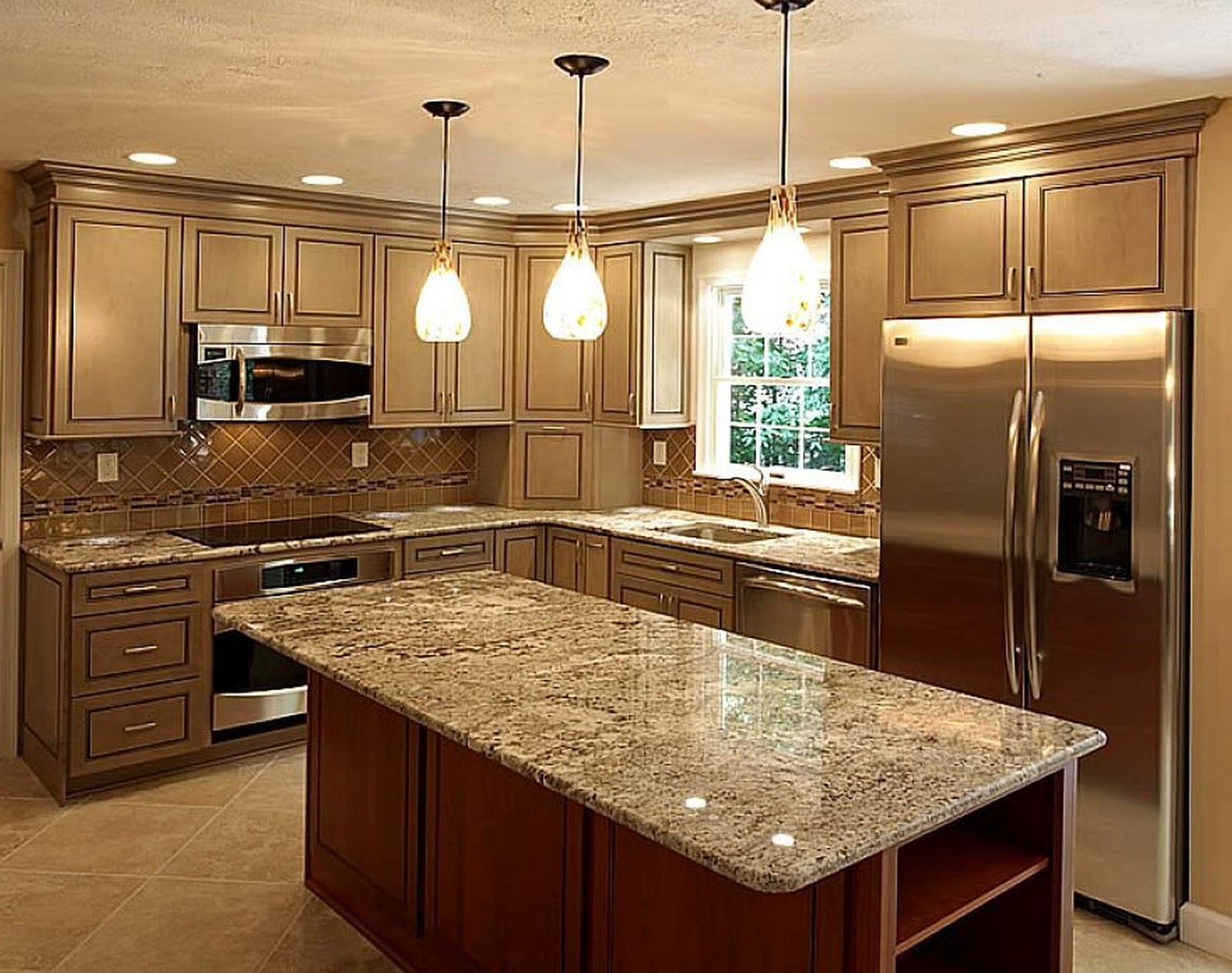
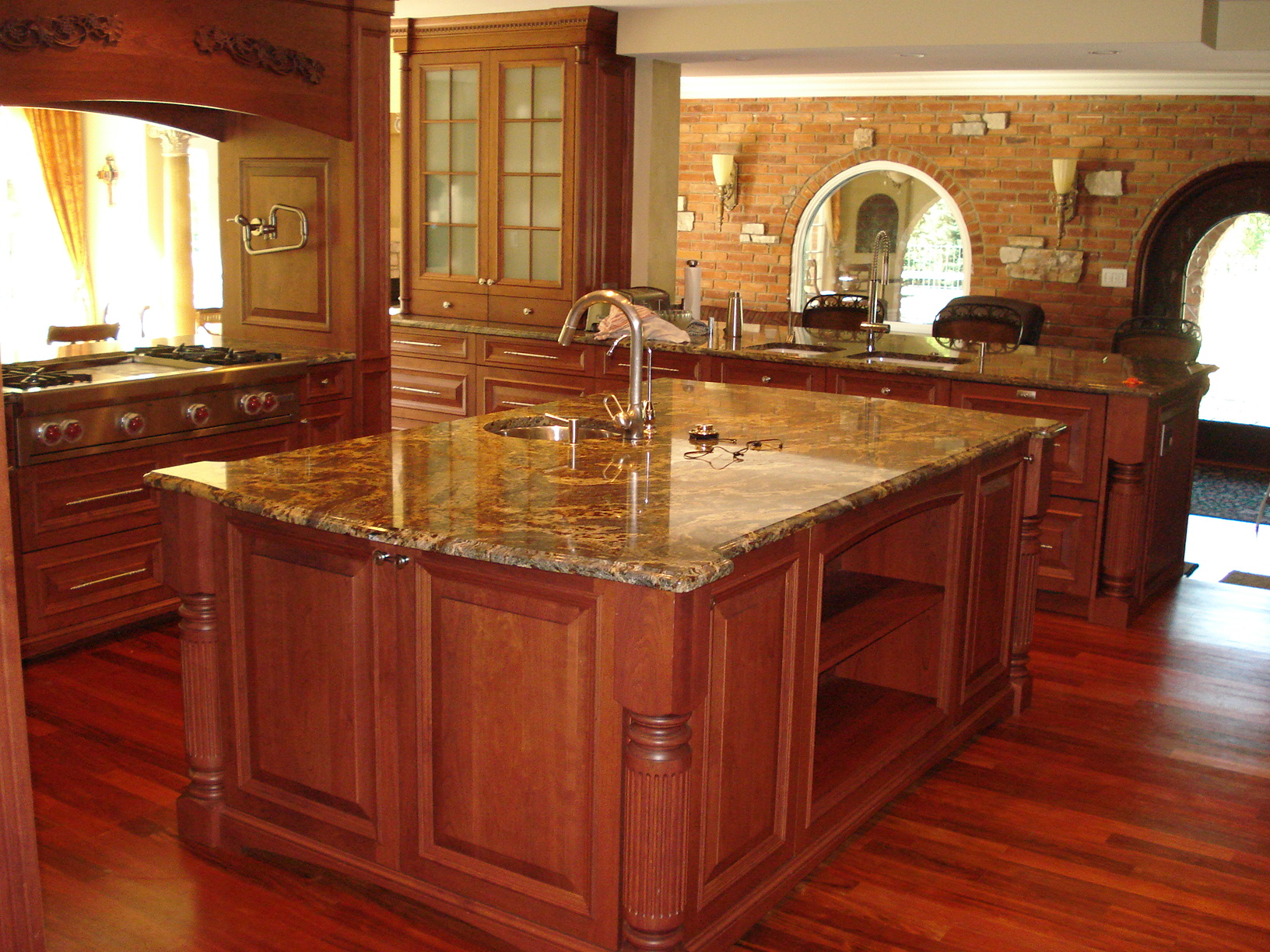











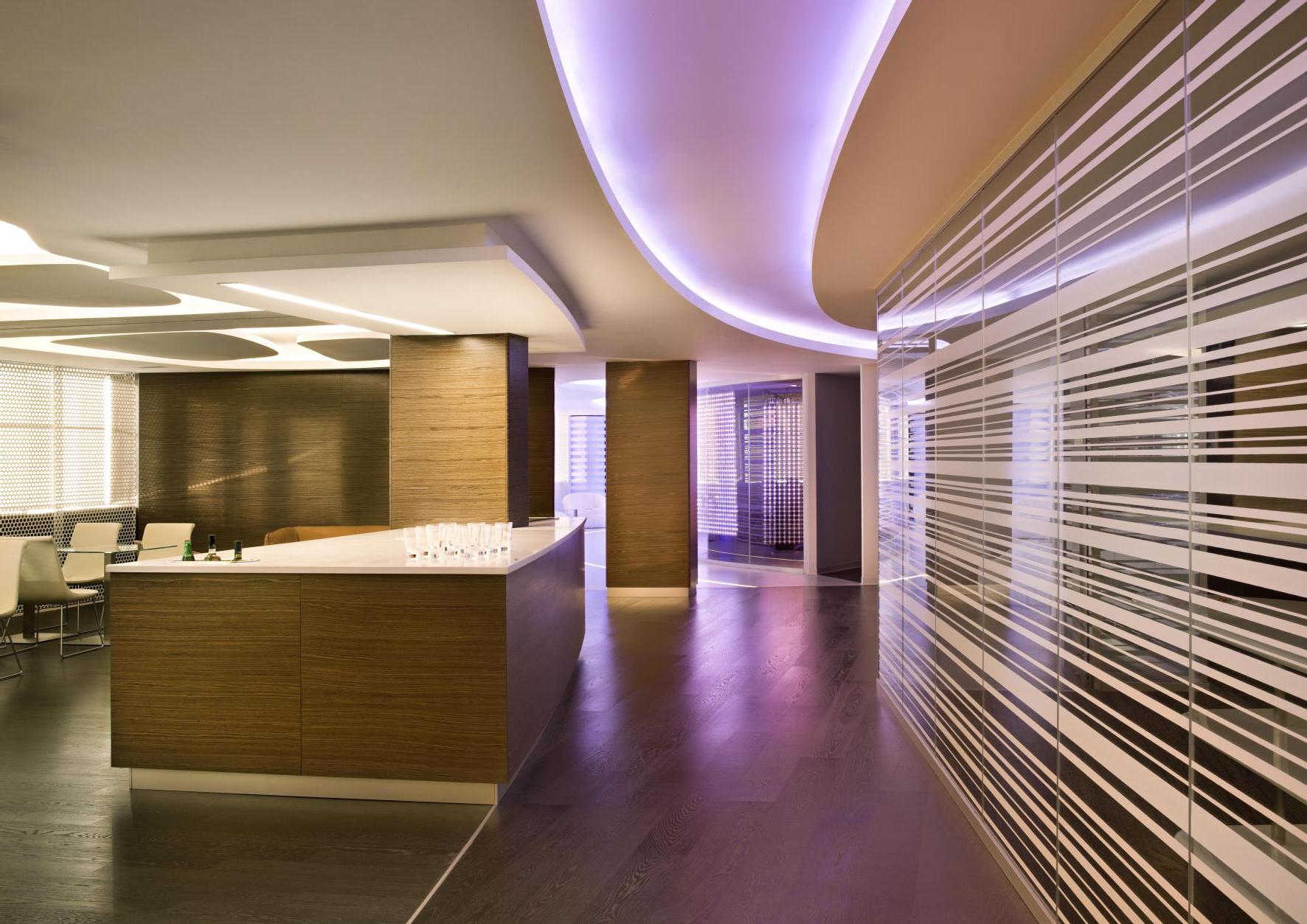













/appliancesalexeydudoladovGettyImages-171589331-57b37c3c5f9b58b5c2cb819c.jpg)






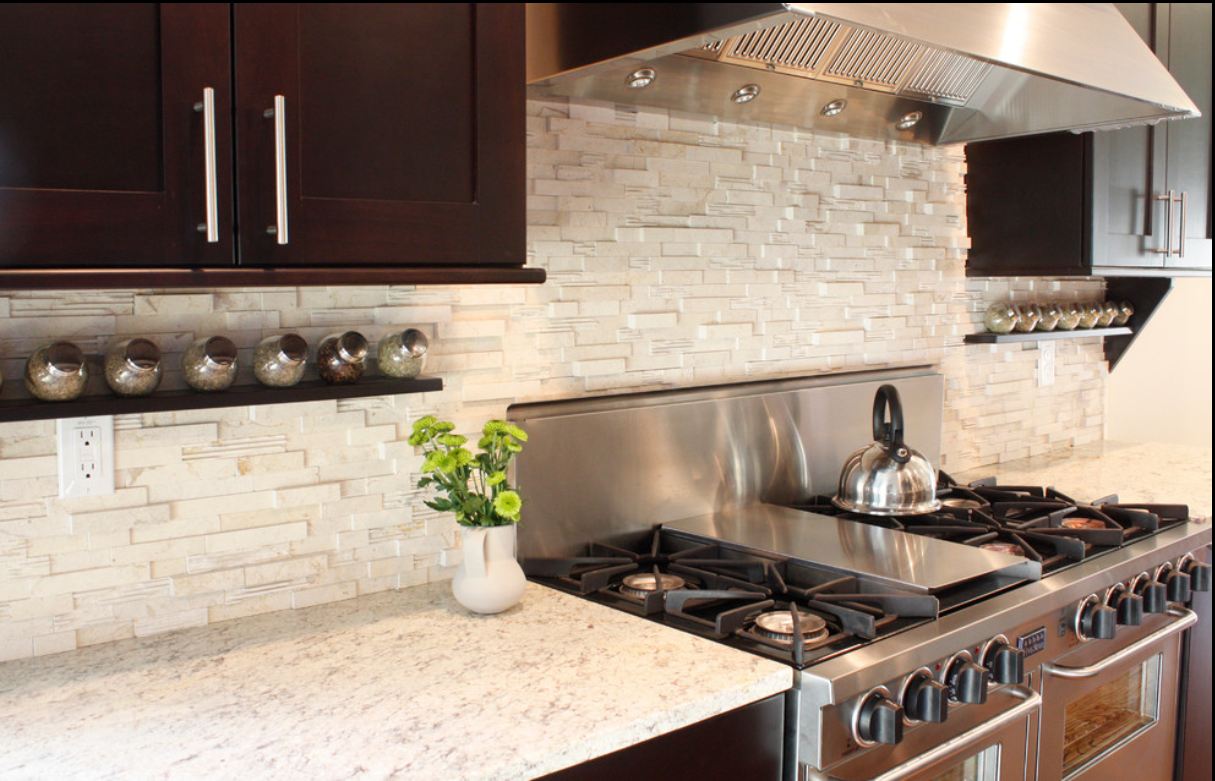


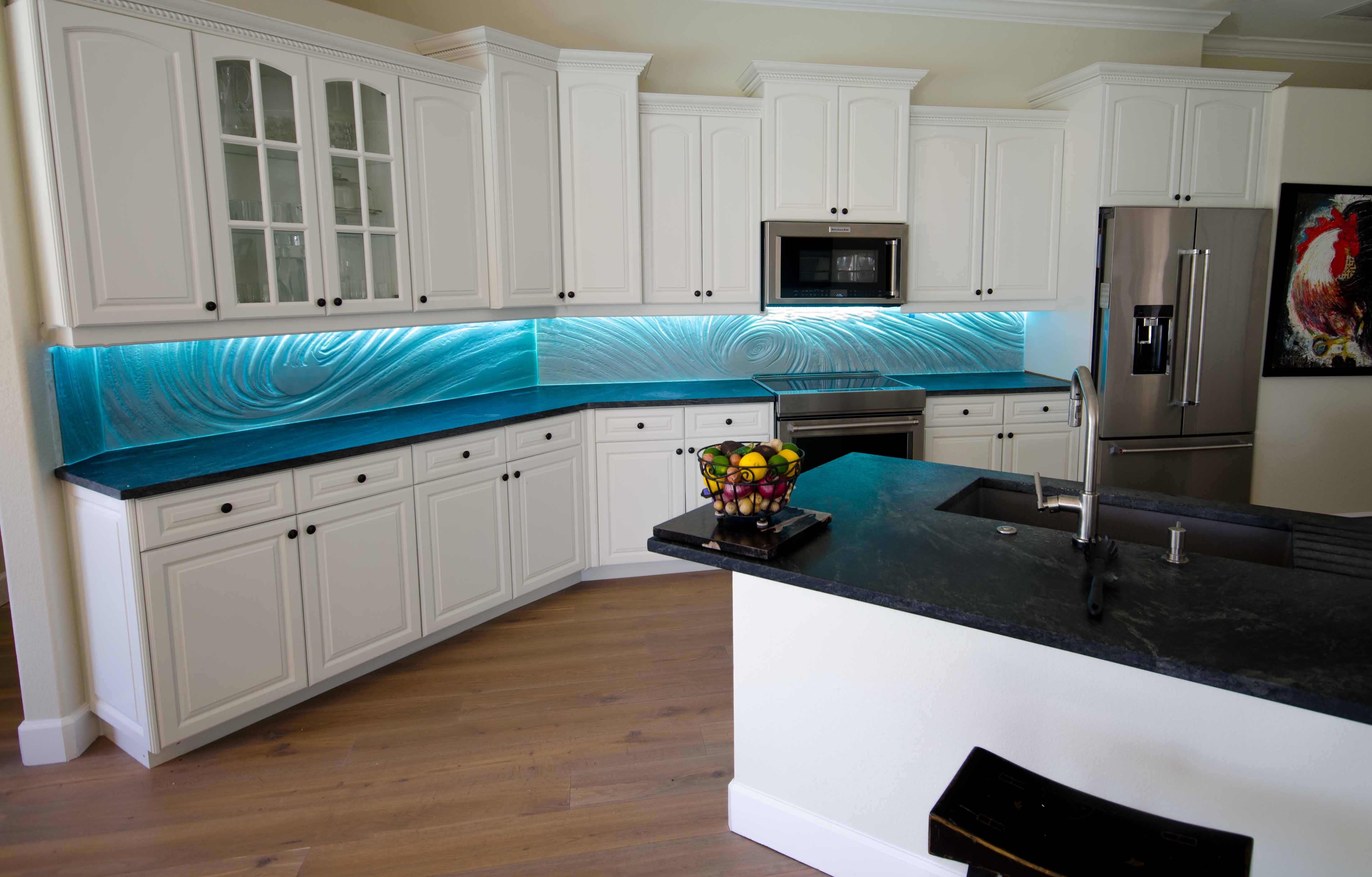
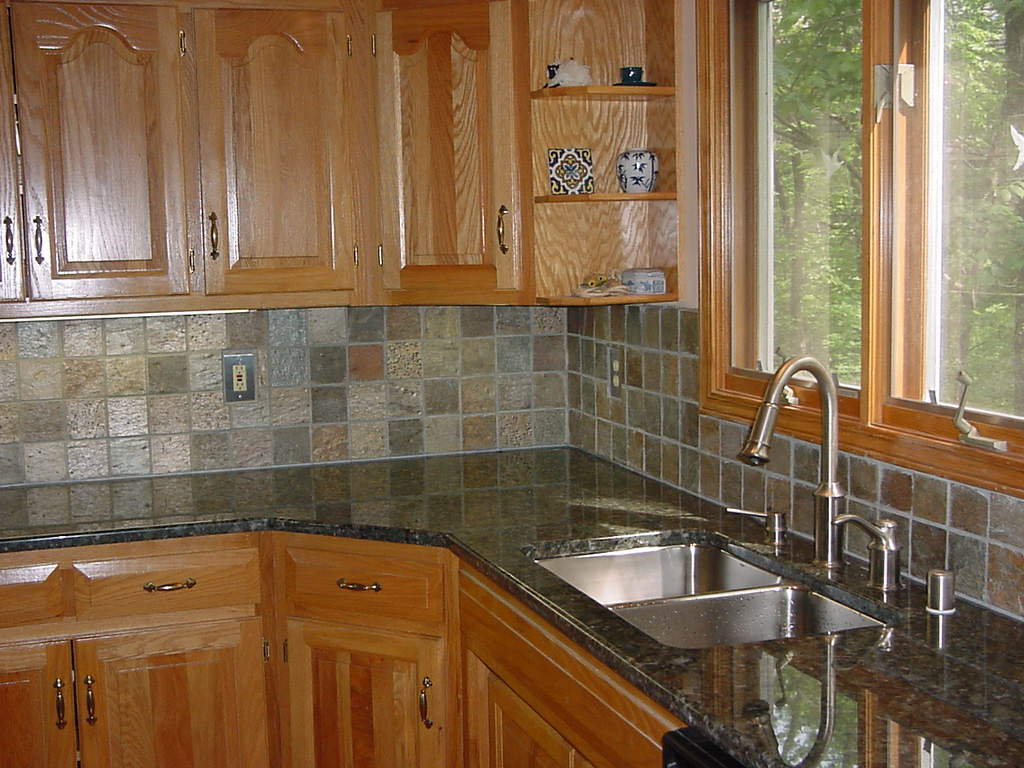
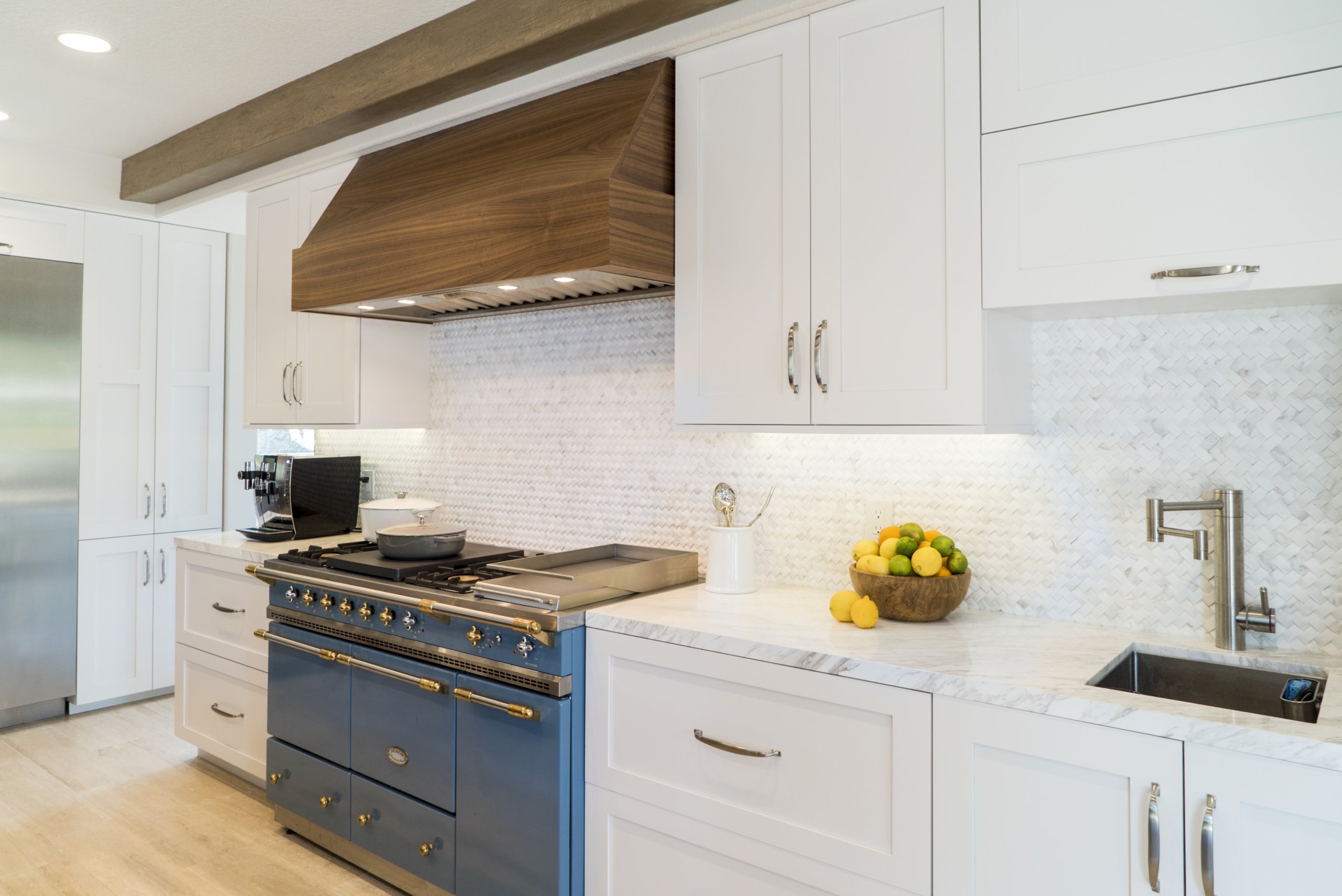













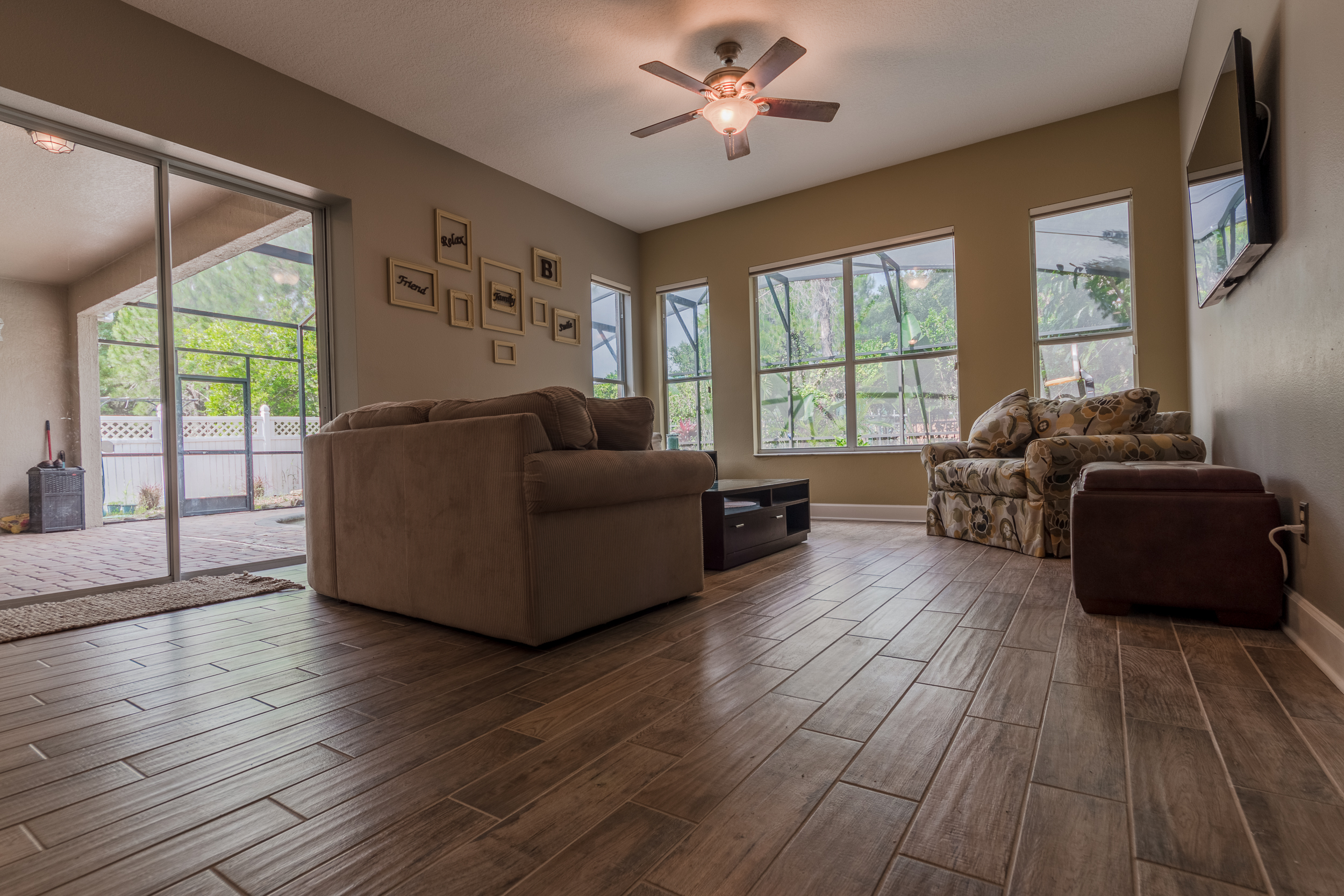















/computer-hardware-2625895-final-v1-8c909b8a32434e26a225db2314823bb2.jpg)





































